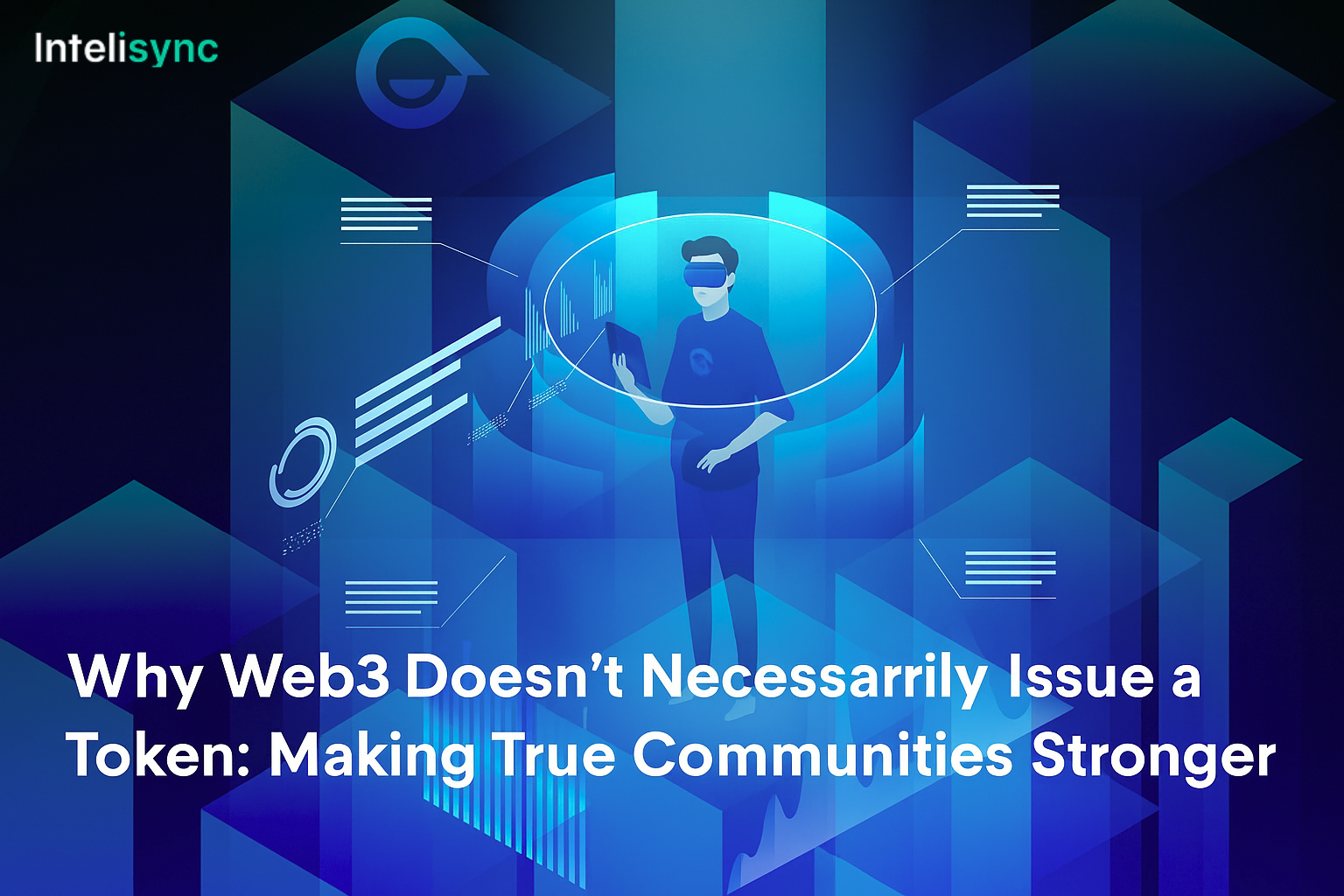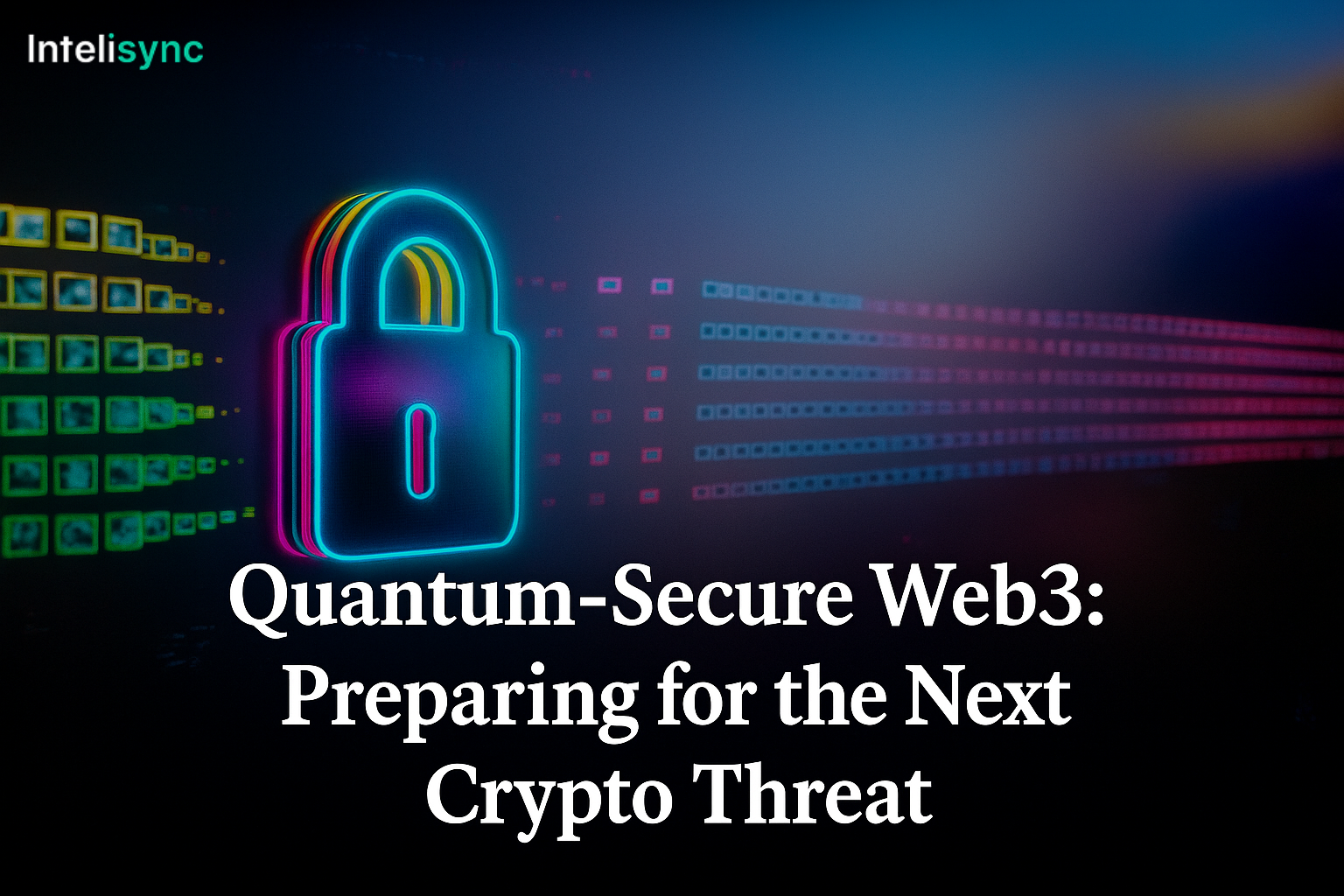Blockchain has moved on from being a world of isolated networks to become a multi-chain world where interoperability is not a “nice-to-have” option, but a must. Cross-chain bridges make this vision possible, they allow assets, data, & liquidity to move freely across blockchains such as Ethereum, BNB Chain, Solana, Avalanche & more
But with innovation comes risk. Cross-chain bridges have been the biggest targets for exploits; they have lost billions to hacks. The problem is obvious, when you want to create some sort of cross-chain bridge for another already-existing network, how do you do this without creating extra risk for Nexus?
In this post, we’ll deep-dive into what it takes to build a secure cross-chain bridge, its risks, good practices to follow, and how Intelisync accomplishes that. ai enables projects to be built on Web3 solutions that are scalable and secure.
Why Cross-Chain Bridges Matter in 2025
- Cross-chain bridges give you DeFi composability, free movement of assets across ecosystems.
- They are consolidating network silos and increasing liquidity efficiencies.
- Bridges enable dApp development on several blockchains.
- With multi-chain strategies (Ethereum + L2s + other L1s) becoming more popular, bridges become extremely important (critical) for mass adoption.
Universal Security Problems in Cross-Chain Bridges
Centralized Validator Risks
- Several bridges depend on a small number of validators, leaving them vulnerable to collusion or assaults.
Smart Contract Exploits
- Flaws in the contract logic could enable hackers to siphon the funds off. The notorious Wormhole exploit (2022) against a defective smart contract went for more than $300M.
Replay Attacks
- If not done properly, signatures or verification of transactions can be replayed on another chain by hackers.
Liquidity Risks
- Bridges lock in thousands of assets, serving as high-value honeypots that attackers can target.
Best Practices for Developing Cross-Chaining Bridge Security
Decentralized Validator Networks
- Implement PoS or multi-sig validators to decrease central points of failure.
Formal Verification & Audits
- Smart contract auditing is essential. Resources such as those bundled from the likes of CertiK, Quantstamp, and Intelisync/Audit partnerships are there to make sure that all bugs are crushed before anything launches.
Use zk-Proofs for Trustless Verification
- zk-SNARKs and zk-STARKs enable proofs of correctness to be mathematically validated without giving away any secrets.
Liquidity Management
- Keep using leverage, but work within liquidity pools and insurance to protect from exploits.
Upgradability with Security
- Scalability: Smart contracts must be upgradeable while governance will presumably restrict the possibility of malicious upgrades.
How Intelisync Guarantees Secure Cross-Chain Bridges
The following will describe the practices and techniques used to prevent all the above mentioned risks.
At Intelisync. ai is the bedrock of all Web3 applications: security. Our framework comprises the following when constructing cross-chain bridges:
- Chain Audit: Engaging with the best blockchain security firms to facilitate flawless deployment.
- Custom Bridge Architecture The bridge is tailored to every client, be it a DeFi project, an NFT marketplace, or another enterprise blockchain.
- Next Generation Validator Layer: Decentralized Byzantine Fault Tolerance makes any failure unlikely.
- Insurance & Risk Management: Optional pools of insurance for those beginning new bridge projects.
- Regulatory-Complaint as it gets: Our bridges are compliant with KYC/AML approved models for Businesses.
With garticlo-1 kPJ maximum garticlo), this approach offers a sensitivity of 4.7 pJ/ff (uncompensated) and assumes 832 pJ choosing garticlo 1).
Case Studies & Real-World Lessons
Lesson 1 – Hacks are Teachers
Ronin Bridge hack: the $600M hack that happened because we had centralized validators. Intelisync solves this by adopting mulit-sig validator approaches.
User Experience Vs Security Lesson 2 – User Experience vs Security
Overly complex bridges lose adoption. Intelisync Main UI simplety and back-end strength with flexibility.
Lesson 3 – Institutional Needs
Enterprises need regulatory-ready bridges. “Intelisync not only adds compliance layers but does so in a decentralized fashion.
Future of Cross-Chain Bridges
- Next modular blockchains will require more bridges.
- Monitoring systems based on artificial intelligence will catch unusual activity on a bridge.
- Zero knowledge bridges will be the norm.
- Enterprise use will demand hybrid bridges that can walk the line between decentralization and compliance.
Conclusion
When it comes to a cross-chain bridge in 2025, it is not merely a question of connecting blockchains: It is about doing so in a secure manner. The sales refashioning of Everest is worth billions of dollars and reputations.
Using a security first approach, decentralized validation, zero knowledge proofs but also compliant frameworks, projects will be able to form bridge solutions that do scale without compromising.
With Intelisync. ai, you don’t simply construct a cross-chain bridge—you construct a trusted portal to the multi-chain world of tomorrow.







